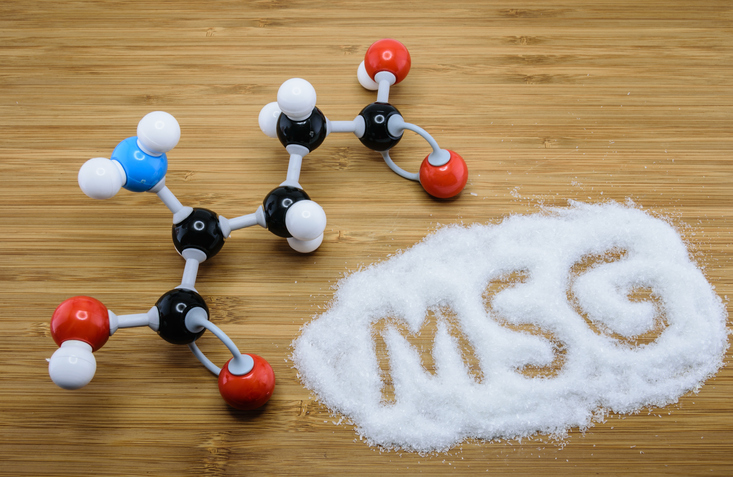
Prized for its flavour-enhancing effect on soups, broths, sauces, and fried foods, monosodium glutamate (MSG) is a commonly utilized ingredient in modern food products. Its use has remained consistent over recent decades, and it is broadly defined as a natural amino acid-based flavouring. However, its flavour-enhancing abilities aren’t its only distinguishing feature; MSG has also been a hotly contested ingredient that has been the subject of intense study.
In fact, the stigma over its use has continued on. For aspiring food quality assurance specialists, here are some key points to keep in mind about the latest developments concerning this contested but hugely utilized ingredient.
1. MSG Is a Naturally Occurring Salt Often Used in the Food Industry
Upon visual inspection, MSG resembles a fine salt. This is the form in which it is usually added to foods, and will likely be the form of MSG food industry professionals are most familiar with.
In essence, MSG is the sodium salt form of the naturally and widely-occurring glutamic acid, which forms protein in both plant and animal sources. When broken down by cooking, free glutamates are released by MSG. This is where MSG’s effect on taste occurs, and explains the substance’s use in savoury sauces and gravies.

The key to understanding MSG lies in grasping its composition
2. Professionals With Food Safety Training Know There Are Legal Obligations to Listing It
The rules in Canada and the US for listing the presence of MSG in foods depend on how the food in question is being sold. In pre-packed goods, such as certain potato chips or pre-made sauces, it must be listed on the exterior packaging, thus giving consumers who are not keen on MSG the option of avoiding it, just like they would for any other ingredient.
Crucially, this includes whenever MSG forms part of a flavouring component, such as if MSG is present in a dash of Worcestershire sauce used for a canned stew, for example. In these cases, it must still be listed. However, when it comes to advertising the presence of MSG in restaurant cooking, no such specific requirements are in place. While some restaurants choose to heed consumer concerns and take pains to advertise their ‘MSG free’ cooking, the substance is non-regulated and regarded as safe for consumers. This means that on a food quality assurance front, there is no requirement for restaurants to list its use.

Like other standard ingredients, MSG must be listed on the packaged products that contain it
3. Food Safety Certificate Holders Should Know About Pushback Regarding MSG’s Image
When MSG first entered North American markets in the 1960s, some diners reported numbness and headaches directly after eating MSG-infused food. These early reports prompted food safety experts and government agencies to study the safety of MSG.
Professionals with food safety training know that since that time, health authorities, including Health Canada, have carried out extensive studies on MSG and found no consistent negative effects on human or animal subjects. The reported reactions have been suggested to belong to a small subset of consumers who are hyper-sensitive to MSG, or to the symptoms of over-eating very rich food. In fact, some food industry professionals have pointed out that many of the foods that contain MSG are high-calorie, high-fat items. As a result, they say that the question of health and MSG should revolve more on the health of the foods containing it than on the effects of the ingredient itself.
These results have spurred more acceptance of the ingredient in recent years. In 2014, scientists at the American Chemical Society pointed out that the glutamates in MSG that enrich food flavours naturally exist in considerable quantities in tasty foods like tomatoes, mushrooms, and parmesan cheese. With these new findings, as well as changes in public opinion, MSG might become an even more widely-used ingredient in coming years.
Do you want to build a rewarding career ensuring safe food on every table?
Contact us at AAPS to learn more about earning a career-starting food safety certificate today.



